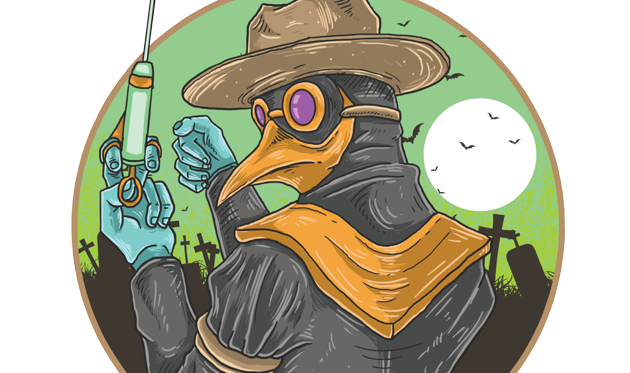Snapshots from a new Harvard study on Covid-era dreamscapes
Bugs have featured widely in nightmares during the pandemic. Invisible monsters and invitations from the dead are being reported too. But they’re not all frightmares — some are also dreaming up a cure.
An army of cockroaches. A lone woman on Mars. A room full of strangers that turns out to be a Covid testing centre but is suddenly your bedroom.

A Harvard study on dreams in the pandemic has thrown up some startling results.
The online study, still underway, was launched by Deirdre Barrett, a psychologist who teaches at Harvard Medical School, on March 23. In all, a total of 3,700 people from 73 countries submitted details from more than 9,000 dreams. She has had 60 responses from India so far.
“I had studied the dreams of 9/11 survivors, of Kuwaitis during the first Gulf War, and dreams from POWs in World War 2 concentration camps. What patterns from these past crises would we see again? What dream metaphors would be unique to the current pandemic? And most importantly, how might a better understanding of our collective dream lives help us as we move through this crisis and beyond?” Barrett says, explaining the reason for her study in an interview with the American radio station Science Friday.
Barrett ran the survey results through a language-analysis algorithm that mapped the words across various categories of emotion and feeling — anger, sadness, body, health, death etc — and found a high incidence of bug-related dreams. There were wriggling worms, grasshoppers with vampire fangs, bedbugs, stink bugs, all of which she believes represent the coronavirus.
“When we say ‘I’ve got a bug’ that means ‘I’m sick’ and often ‘I’ve got a virus’. So I think it’s partly just that association,” she explained in an interview with the Harvard Gazette. “But then a little bit deeper than just the word, I think, is the idea of lots of little things that cumulatively can hurt or kill you is really a very good metaphor for the virus particles.”
There were a large number of nightmares where people dreamt they contracted the virus; there were also a number of invisible monsters and invitations from the dead reported.
“Men and women are both having more dreams with elevated anxiety about themes like illness and death. However, women are reflecting more sadness and anger in their dreams compared to ordinary times,” Dr Barrett told Wknd.
“This is likely because, although men have on average a slightly higher chance of dying from this disease, women are over-represented among those who are suddenly stuck home-schooling children, taking care of sick relatives or losing their jobs.”
Based on her findings, Barrett authored a book titled Pandemic Dreams in June. She includes conversations she had with subjects and draws on her past crisis dream collections for comparisons.
“Any big life change tends to stir up one’s dream life and result in more, and more vivid, dreams,” Barrett told Wknd.
Not all the dreams were anxiety-driven, of course. One respondent dreamt the virus was only making music and the cure was just to compose a different melody. If only!
WHERE DO YOU FIT IN?
Deirdre Barrett found that pandemic dreams cluster in a more or less fixed set of categories. Can you spot yours?
Literal dreams of coming down with the virus.
Metaphoric dreams that one is menaced by swarms of poisonous bugs, a mob of attackers, a hurricane, fire or tsunami.
Dreams of exposure: forgotten masks, crowds with no masks, people touching or coughing on them.
Isolation and loneliness: Often manifested as being on a desert island or seeing images of friends, family or parties that others are attending.
The positive dreams: being cured of the virus or discovering a cure for all mankind.






